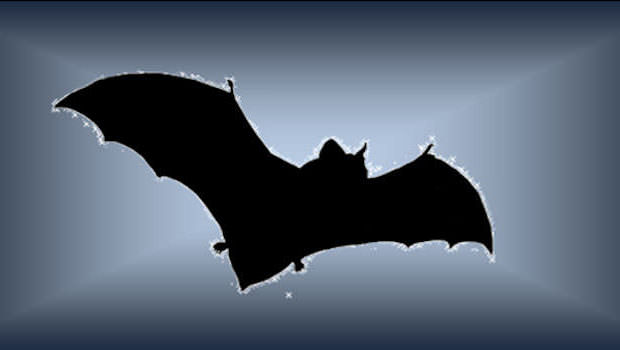Biodiversity

Published on April 21st, 2016 |
by Content Admin
Biodiversity Group: A Year in the Life of a Bat
| December – January |
Hibernating somewhere cool with a constant temperature e.g. underground in caves, trees etc. on their own or in small groups. |
| February |
Have little fat reserves left. May look for food and water on warmer nights. |
| March |
Small numbers feeding on warmer nights but in colder conditions still go into a torpid state (semi-hibernation). |
| April |
Mainly out of hibernation and are hungry and active, feeding on most nights. No longer returning to winter roosts but spending day in nearest suitable place. |
| May |
Fully active and feeding. Females forming maternity colonies somewhere warm and dry. When back in condition females fertilise their egg. Males roosting on their own or in small groups. |
| June |
Females give birth to a single pup (twins are rare) and suckle them. |
| July |
By 3 weeks old young are learning to fly but are still reliant on mothers’ milk |
| August |
At 6 weeks, the young are flying and begin to catch insects for themselves. Maternity colonies disperse and bats move to mating roosts. |
| September |
Mating season begins (females store the live sperm until the following May) and building up fat reserves for the winter. |
| October |
Mating continues as does building up fat reserves. Looking for hibernation sites. |
| November |
Periods of torpor are lasting longer. Some begin hibernation. |
Tags: Bats
About the Author
Content Admin Responsible for uploading pages, posts and images on behalf of Aynho's various societies, clubs and organisations. Content shown here is attributable to the entity being reported.
Related Posts
No related posts found!

